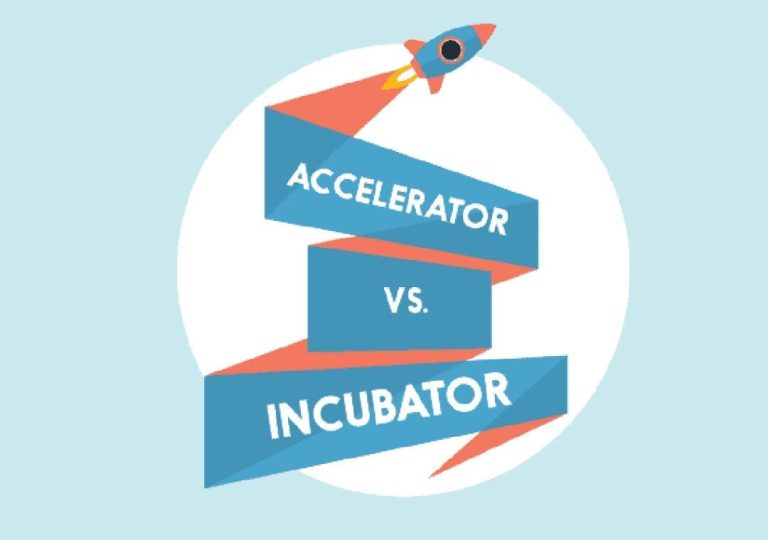
AI, Creators & Tier-2 Cities Power India’s Startup Growth
India’s startup ecosystem has been experiencing rapid growth in recent years, with the country now having one of the largest and most vibrant startup scenes in the world. According to a report by Meta-A&M, the Indian startup landscape is evolving fast, driven by several key trends that are reshaping how startups scale, connect with users, and build future-ready brands. In this blog post, we’ll explore the three key factors that are powering India’s startup growth: AI adoption, omnichannel models, and Tier-2/3 city expansion, as well as the role of creators in driving branding and marketing strategies.
AI Adoption: The Game-Changer
Artificial intelligence (AI) has been a game-changer for Indian startups, with 70% of them using AI in some form, according to the Meta-A&M report. AI has enabled startups to automate processes, improve efficiency, and make data-driven decisions. For instance, AI-powered chatbots have become a popular way for startups to handle customer service, freeing up human customer support agents to focus on more complex issues.
AI has also been used to personalize customer experiences, predict customer behavior, and optimize marketing campaigns. For example, AI-powered marketing platforms can help startups identify the most effective marketing channels and target the right audience with personalized messages. This has led to improved customer engagement and increased conversions for many Indian startups.
Omnichannel Models: The Future of Customer Engagement
Another key trend in India’s startup landscape is the adoption of omnichannel models. Omnichannel models involve providing a seamless customer experience across multiple channels, including social media, messaging apps, email, and websites. According to the Meta-A&M report, 67% of Indian startups are using omnichannel models to engage with customers.
Omnichannel models have several benefits for startups. For one, they enable customers to interact with brands on their preferred channel, improving customer satisfaction and loyalty. Omnichannel models also provide startups with a single customer view, allowing them to personalize customer experiences and improve conversion rates.
Tier-2/3 City Expansion: The Future of India’s Startup Ecosystem
Traditionally, India’s startup ecosystem has been concentrated in major cities like Bengaluru, Delhi, and Mumbai. However, there is a growing trend of startups expanding to Tier-2 and Tier-3 cities, which are less developed but have a large and growing population. According to the Meta-A&M report, 95% of Indian startups are targeting smaller cities, recognizing the potential for growth and untapped markets.
Tier-2 and Tier-3 cities offer several advantages for startups. For one, they have a lower cost of living and doing business, making it easier for startups to scale. Additionally, Tier-2 and Tier-3 cities have a large and growing population, providing a potential customer base for startups.
The Rise of the Creator Economy
Finally, the rise of the creator economy is playing a significant role in India’s startup growth. The creator economy involves partnering with influencers and content creators to promote products and services. According to the Meta-A&M report, 88% of Indian startups are partnering with influencers early in their marketing strategies.
The creator economy has several benefits for startups. For one, it enables them to reach a wider audience and build brand awareness. Additionally, partnering with influencers can help startups build trust and credibility with potential customers.
Conclusion
India’s startup ecosystem is evolving fast, driven by AI adoption, omnichannel models, and Tier-2/3 city expansion, as well as the rise of the creator economy. These trends are reshaping how startups scale, connect with users, and build future-ready brands across India. As the Indian startup landscape continues to evolve, it will be interesting to see how these trends shape the future of entrepreneurship in the country.
Source:






